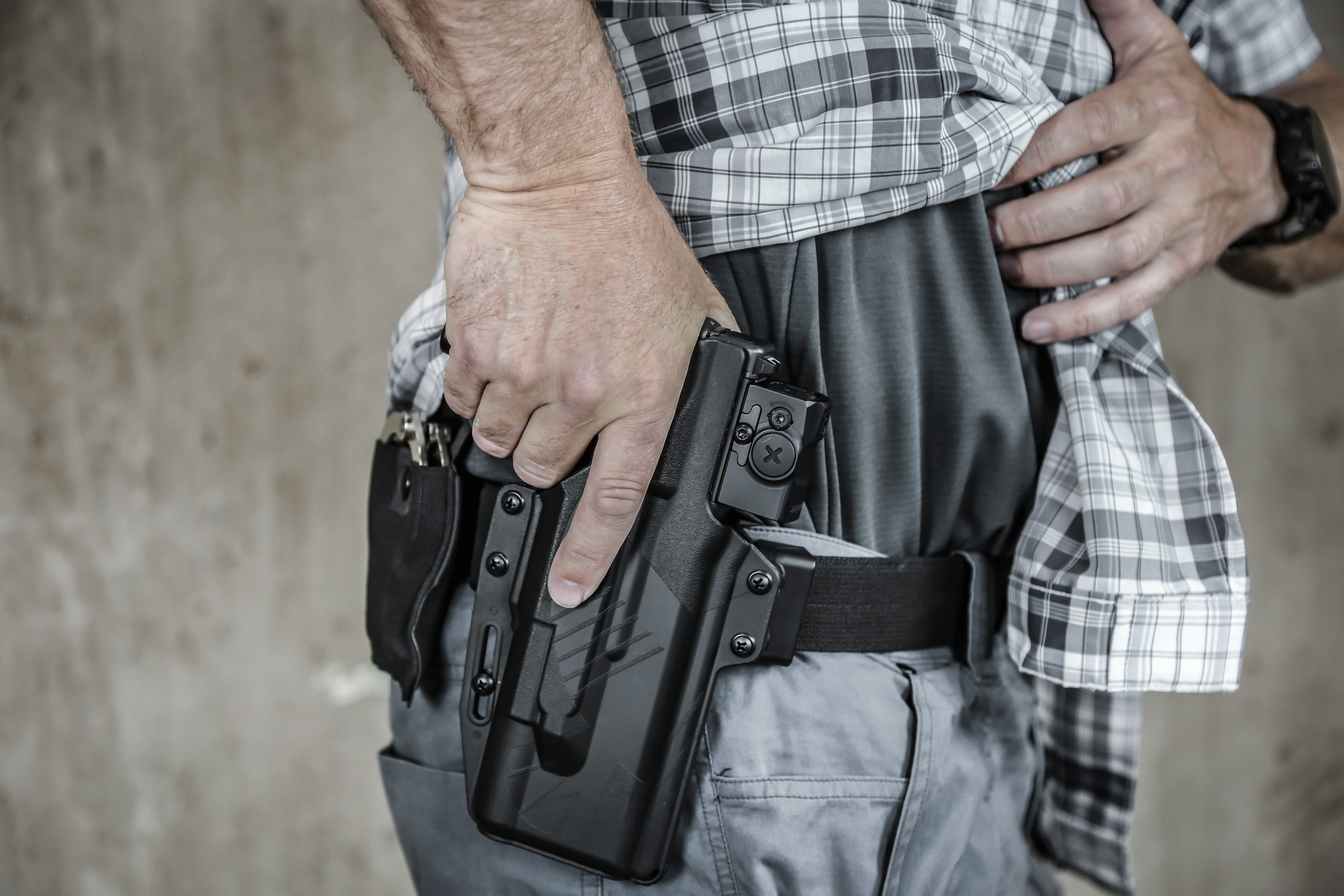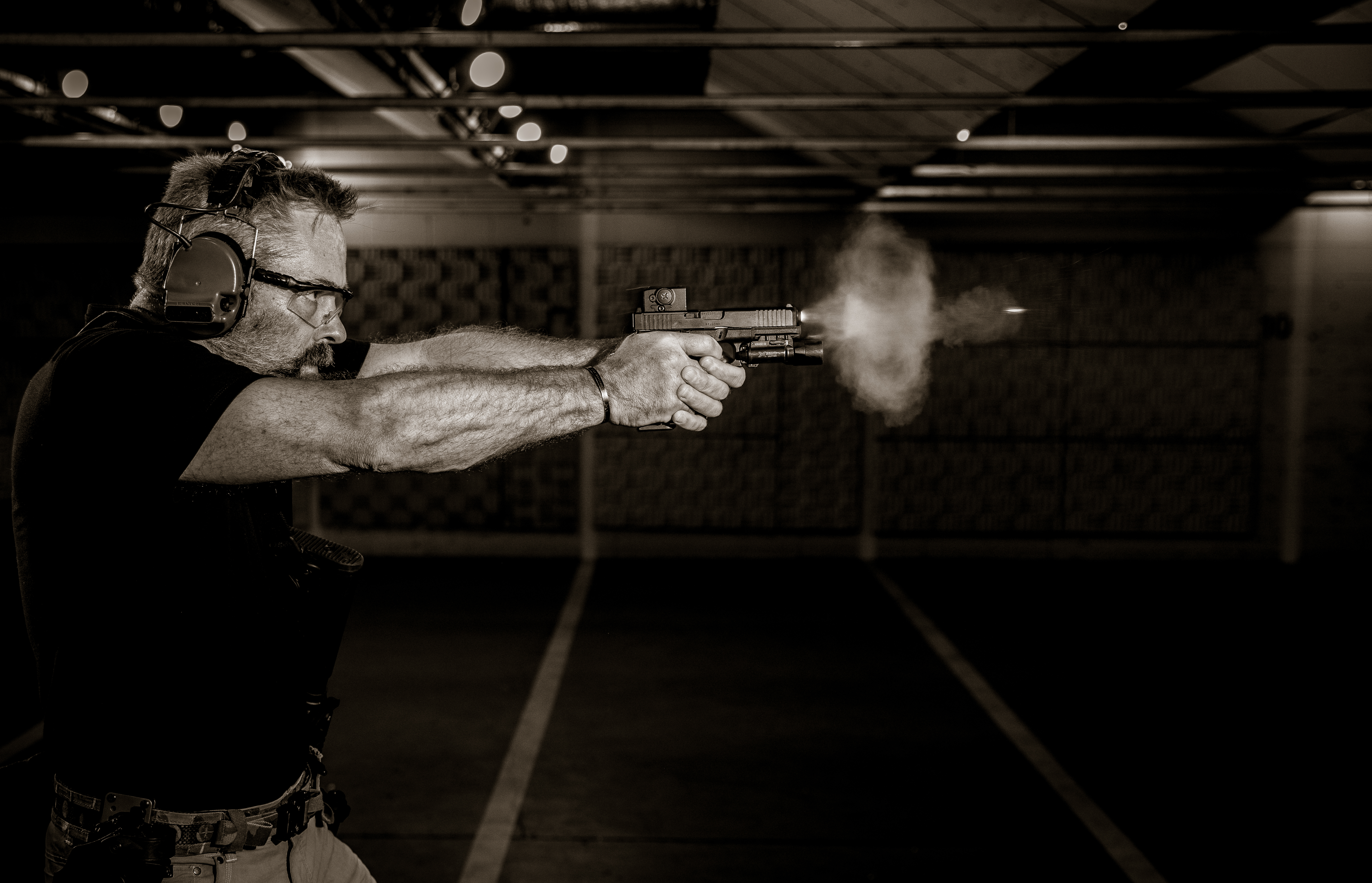AIMPOINT TRAINING - RACE TO SLOW
The Advantage of Race to slow
"Find the “slow down” points. Shift down.
You’ll get faster as skill develops…and be proud of your target."
We all have a fairly fixed processing speed. This is the time it takes us to consider a complex idea - be that a mechanical task or a more intellectual endeavor. For most of us humans, that maximum speed is roughly sixty bits per second. This means that a person (or computer) can make sixty basic binary decisions in that space of time. Pretty impressive when you consider it. There are those that can go a little faster and some that are a little slower, but we all fall within an astonishingly narrow range of capacity.
Let’s put this in the context of shooting. Essentially, this means there are places where we can go fast without effecting the end result negatively and there are places that require us to slow down for our processing speed to “catch up.” Think of it in terms of cognitive work. Where more processing is required, more time is also required to accomplish the goal. If you like something of an explanation, look up the “ Hick-Hyman law”.
A good example of the distinction between the requirements of fast and slow, is the draw from a holster. I see many shooters that can deliver good accuracy when started from a drawn position. The moment that I ask them to do the same from the holster, they end up in the proverbial ditch (at least where accuracy is concerned).
What these shooters are doing is allowing the haste that they employ to get the gun out…to infect the much more demanding (and fine) task of actually aiming. The result is that the trigger breaks before the processing finishes. For some it breaks before the processing even starts…
Another, much more serious example happens in the shoot house. A shooter will make entry into the room and shoot a target only to realize a second later that they have shot a “no-shoot”. Interestingly, the period of time it takes to recognize the mistake is fairly uniform. It is that way because, we all have about the same processing speed and these unfortunate shooters…we’re outpacing it.
It is an easy mistake to make.
The real problem here comes in the development of skill. When you rush past your ability or capacity to aim the gun, regularly, you become very good at it. Very good at not aiming the gun that is… Skill being a biological process, it does not measure outcome, just repetition. By going faster than your processing speed you are training to be a bad shooter…in earnest. You are enshrining the uncontrolled, and panicked hope that accompanies most new shooters when pushed too hard, too soon.
The fix is simple: slow down. Find the places in your process that call for unregulated speed and the places that require your brain to process the information more specifically. Think of a car in variable terrain, steep hills call for lower gears, flat roads call for higher. Find the shift points in your process.
There is a dual benefit to this. In addition to giving your brain time to work, you will gain a great deal of insight into what you are actually doing and will be able to make fine adjustments to your process. You’ll also be much more “present in the shot”, which means you will be able to exert much better control.
Don’t worry about speed. Worry about getting things right and developing a rich aiming solution. The more you do it, the faster you’ll become. Speed is developed as a product of “efficient process repeated”. Remember, speed is skill and skill doesn’t happen overnight.
Find the “slow down” points. Shift down. You’ll get faster as skill develops…and be proud of your target.
To learn more about Aimpoint red dot sights or watch training tips with Buck, click here.
---> Shop All Aimpoint Red Dot Sights
Posted by Duane “Buck” Buckner, US Aimpoint Director of Training on Jul 23rd 2021


